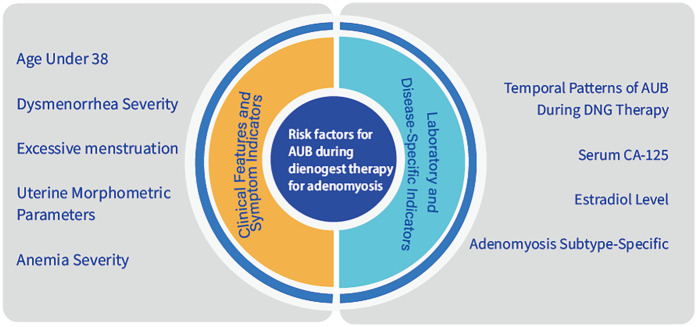Risk factors and countermeasures for abnormal uterine bleeding during dienogest therapy for adenomyosis: a review.
IF 2.9
Q2 PUBLIC, ENVIRONMENTAL & OCCUPATIONAL HEALTH
Frontiers in reproductive health
Pub Date : 2025-06-30
eCollection Date: 2025-01-01
DOI:10.3389/frph.2025.1550814
引用次数: 0
Abstract
Adenomyosis, an estrogen-dependent disorder, requires long-term therapy as current treatments (GnRH agonists, danazol, etc.) show symptom recurrence post-discontinuation. Dienogest (DNG), a selective progesterone receptor agonist, effectively reduces adenomyosis-related pain but causes abnormal uterine bleeding (AUB) in some patients, likely due to pseudodecidual breakthrough bleeding, significantly impacting treatment compliance. This review examines risk factors for DNG-associated AUB and advances in management strategies to improve patient adherence during prolonged therapy.

孕母治疗中异常子宫出血的危险因素及对策综述。
子宫腺肌症是一种雌激素依赖性疾病,需要长期治疗,因为目前的治疗方法(GnRH激动剂、那那唑等)停药后会出现症状复发。Dienogest (DNG)是一种选择性孕酮受体激动剂,可有效减轻子宫腺肌病相关疼痛,但部分患者可能由于假蜕膜突破性出血而导致异常子宫出血(AUB),严重影响治疗依从性。本综述探讨了dng相关AUB的危险因素,以及在延长治疗期间提高患者依从性的管理策略的进展。
本文章由计算机程序翻译,如有差异,请以英文原文为准。
求助全文
约1分钟内获得全文
求助全文

 求助内容:
求助内容: 应助结果提醒方式:
应助结果提醒方式:


